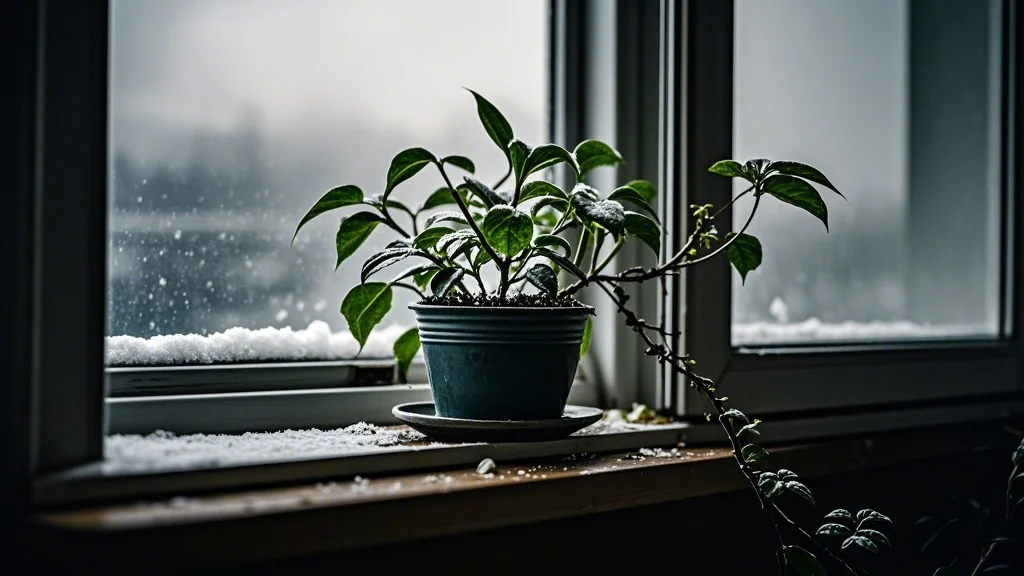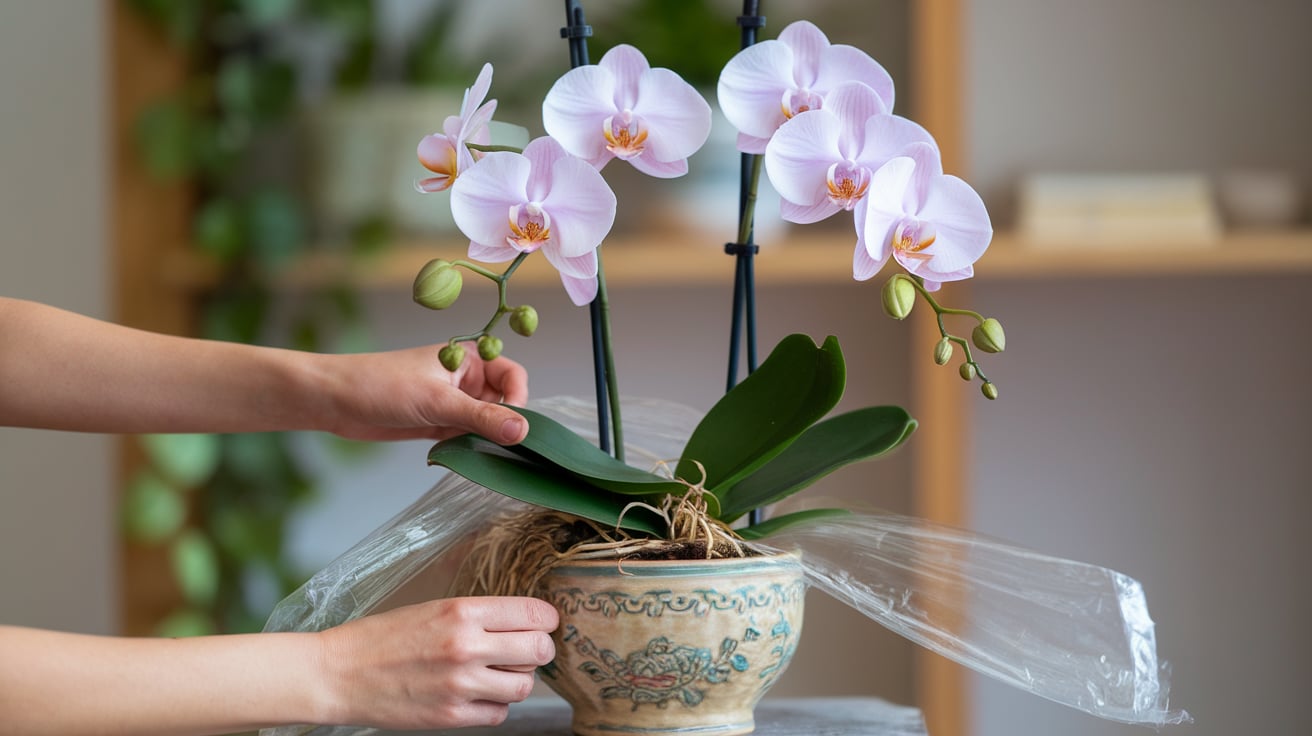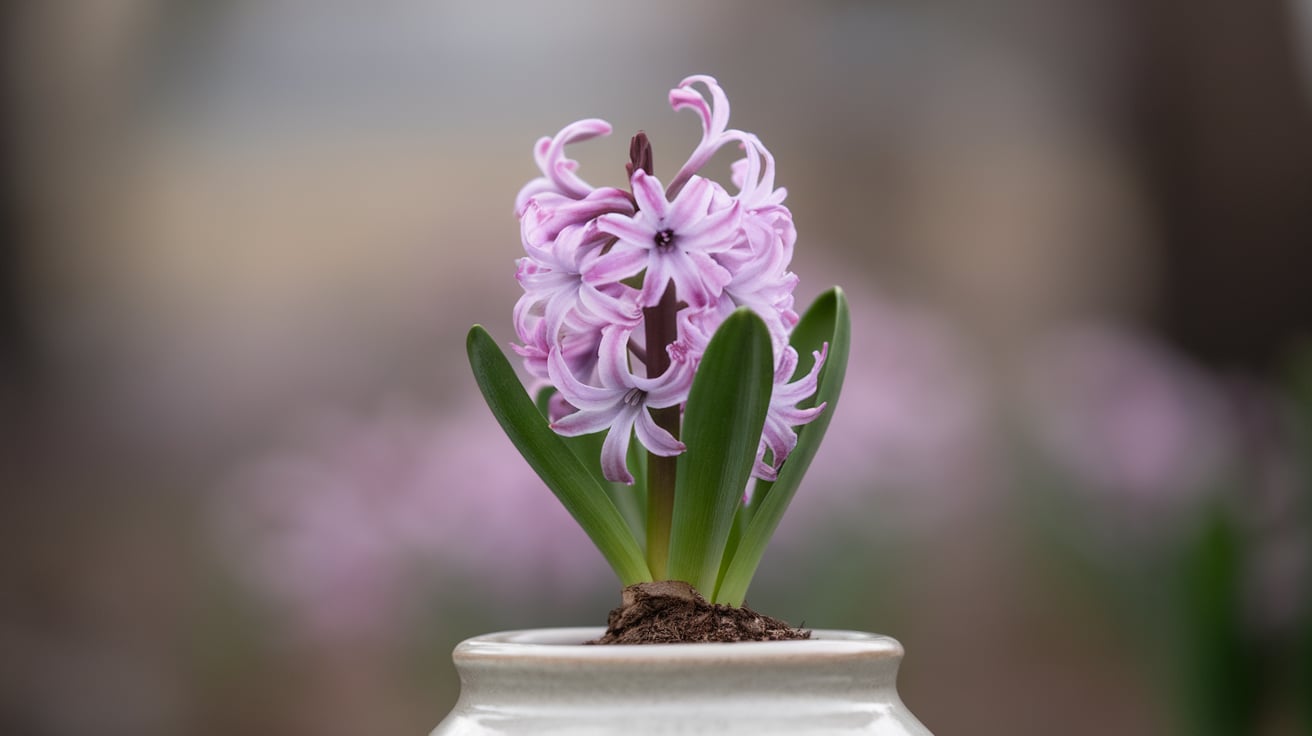Understanding seasonal pest patterns is crucial for maintaining healthy indoor plants. Pests can severely impact plant health, causing damage ranging from minor leaf discoloration to complete plant death. By anticipating cyclic infestations, plant owners can take proactive measures to protect their green companions.
Contents
Basic Concepts
Key Terms
-
Pest cycle: The life stages of insects, including egg, larva, pupa, and adult.
-
Diapause: A period of suspended development in insects, often triggered by environmental conditions.
-
Integrated Pest Management (IPM): A holistic approach to pest control that combines various strategies.
Common Misconceptions
- Pests only appear in warm seasons.
- Indoor plants are immune to seasonal pest cycles.
- All pests have the same life cycle and patterns.
Importance for Plant Health
Anticipating pest pressures allows for:
- Timely preventative measures
- Early detection of infestations
- Reduced reliance on chemical pesticides
- Healthier, more resilient plants
Scientific Principles
Plant Responses to Pests
Plants have evolved various defense mechanisms against pests:
- Physical barriers (thick cuticles, trichomes)
- Chemical defenses (production of toxins or repellents)
- Attraction of pest predators
Environmental Influences
Factors affecting pest populations include:
- Temperature
- Humidity
- Photoperiod
- Available food sources
Indoor Gardening Considerations
Indoor environments present unique challenges:
- Controlled climate can disrupt natural pest cycles
- Limited natural predators
- Potential for year-round pest activity
Practical Application Basics
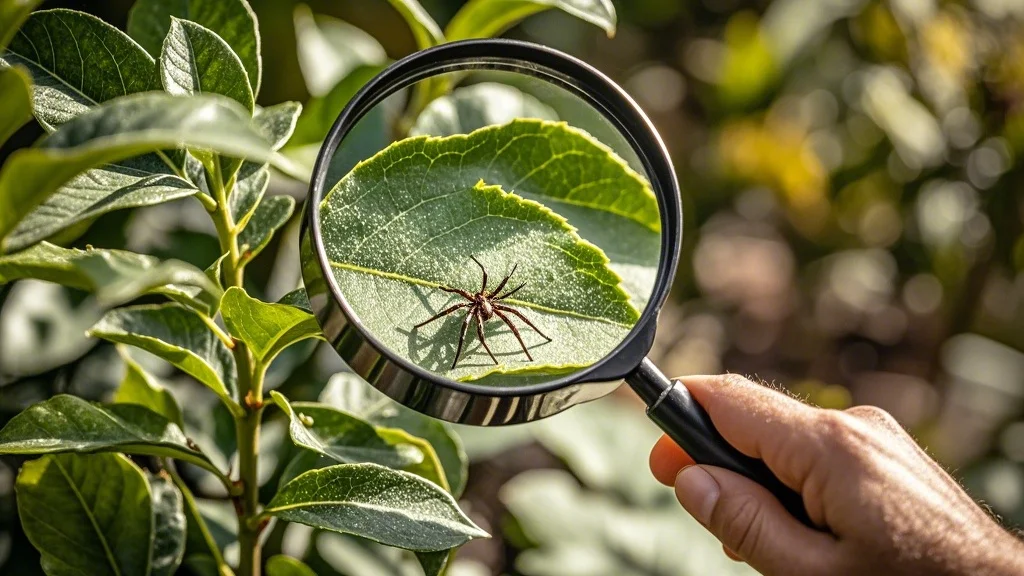
Assessment Methods
- Regular visual inspections
- Use of sticky traps
- Pheromone traps for specific pests
Setting Realistic Expectations
- No garden is entirely pest-free
- Focus on maintaining pest populations below damaging levels
- Expect some seasonal fluctuations in pest activity
Essential Tools
- Magnifying glass
- Pruning shears
- Sticky traps
- Neem oil
- Insecticidal soap
Plant Demand Differences
High-Demand Plants
Characteristics:
- Lush, soft foliage
- Rapid growth
- High humidity requirements
Examples:
- Calatheas
- Ferns
- Hibiscus
Medium-Demand Plants
Characteristics:
- Moderate growth rate
- Adaptable to various conditions
Examples:
- Philodendrons
- Pothos
- Spider plants
Low-Demand Plants
Characteristics:
- Tough, waxy leaves
- Drought-tolerant
- Slow growth
Examples:
- Succulents
- Snake plants
- ZZ plants
Seasonal Considerations
Growing Season Management
- Increase monitoring frequency
- Implement preventative treatments
- Adjust watering and fertilization to support plant defenses
Dormant Season Management
- Reduce watering and fertilization
- Monitor for overwintering pests
- Clean and sanitize growing areas
Transitional Period Adjustments
- Gradually adjust care routines
- Be vigilant for emerging pests
- Introduce beneficial insects if appropriate
Common Problem Solutions
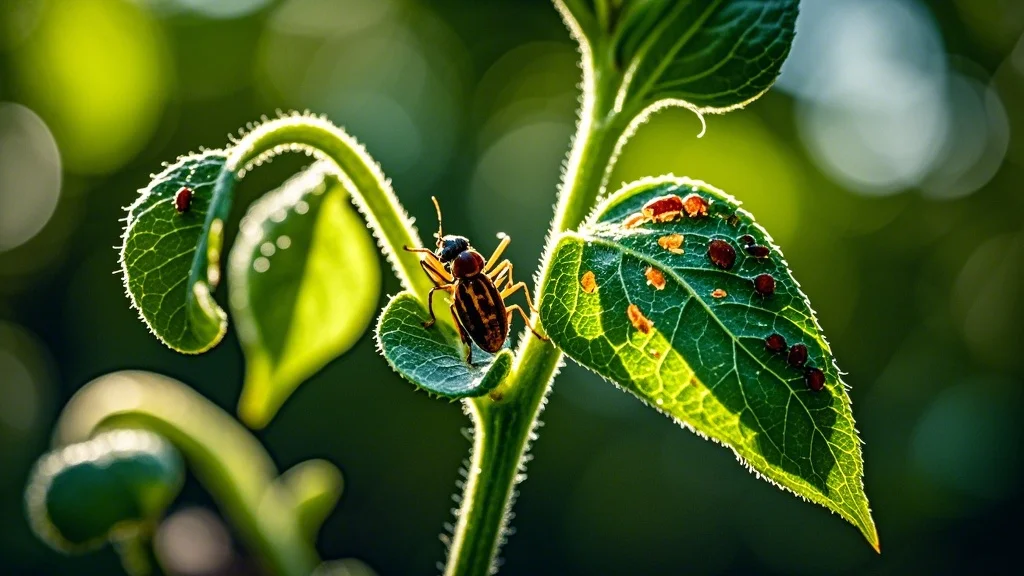
Problem 1: Sudden Aphid Outbreak
Symptoms:
- Curled or distorted leaves
- Sticky residue on leaves or nearby surfaces
- Presence of small, pear-shaped insects
Solutions:
- Prune heavily infested areas
- Apply insecticidal soap or neem oil
- Introduce ladybugs as natural predators
Problem 2: Spider Mite Infestation
Symptoms:
- Fine webbing on leaves and stems
- Stippled or bronzed leaves
- Tiny moving dots visible with magnification
Solutions:
- Increase humidity around plants
- Spray plants with a strong stream of water
- Apply miticide or horticultural oil
Problem 3: Fungus Gnat Proliferation
Symptoms:
- Small, flying insects around plants
- Larvae visible in top layer of soil
- Yellowing or wilting of young plants
Solutions:
- Allow soil to dry between waterings
- Apply diatomaceous earth to soil surface
- Use sticky traps to catch adult gnats
Frequently Asked Questions
-
Q: How often should I inspect my plants for pests?
A: Conduct a thorough inspection weekly during the growing season and bi-weekly during dormant periods.
-
Q: Can I use the same pest control methods for all my plants?
A: While some methods are universal, it’s best to tailor your approach to each plant’s specific needs and sensitivities.
-
Q: Are there any natural pest deterrents I can use?
A: Yes, companion planting with pest-repelling herbs like basil or mint can help deter some insects. Essential oils can also be effective when used properly.
-
Q: How do I know if my pest problem is seasonal or ongoing?
A: Keep a pest journal to track occurrences. Seasonal pests typically appear at similar times each year, while ongoing issues persist regardless of season.
-
Q: Can overwintering pests survive in my indoor garden?
A: Yes, some pests can survive indoors year-round. Regular cleaning and inspection are crucial to prevent overwintering populations from establishing.
Conclusion
Understanding seasonal pest patterns is key to maintaining a healthy indoor garden. By anticipating cyclic infestations, plant owners can implement preventative measures and catch problems early. Remember these core principles:
- Regular monitoring is essential
- Different plants have varying pest susceptibilities
- Seasonal changes affect pest activity
- Integrated pest management offers the most sustainable approach
Apply this knowledge by:
- Creating a pest monitoring schedule
- Researching common pests for your specific plants
- Preparing preventative treatments before peak pest seasons
- Adjusting care routines to support plant health and resilience
By staying vigilant and proactive, you can enjoy a thriving indoor garden with minimal pest issues throughout the year.

